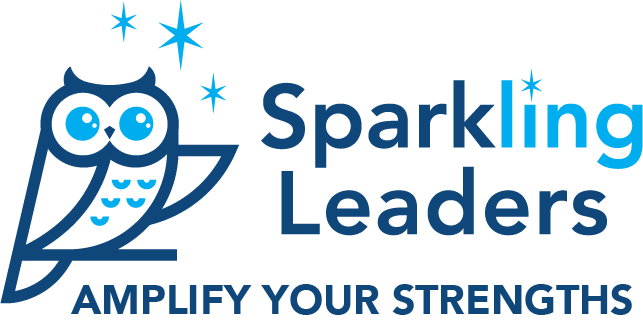Giving Feedback Resources
The key takeaway from the session was to partner with your reports, identify how to support their growth, and frame your feedback so they can hear your positive intentions.
We had an enjoyable discussion about why people may be defensive when receiving feedback, how to handle it, and what we might do when it seems others are not curious about how to improve.
One suggestion is to make sure the feedback receiver knows what you are doing to help them succeed. Reinforce how their goals roll up to the company's goals and discuss their progress.
Session frameworks:
What? So What? Now What?
COINS: Context, Observation, Impact, Next Steps, Stay (listen)
I like, I wish, What if?
Session worksheets:
Feedback discussion preparation
Observation _____
Impact _____
Desired outcome _____
What you want to suggest (on the left side of the page) _____
Questions to ask instead (on the right side of the page) _____
Post feedback reflection
On a scale of 1 to 10: I listened _____
On a scale of 1 to 10: I learned something _____
On a scale of 1 to 10: I communicated what I wanted to convey _____
I liked _____
I wish _____
What if _____
Additional thoughts for improvement _____
My goal for the month is to use the feedback discussion preparation questions to think more about how I can ask questions instead of giving my suggestions.
Our next complimentary session will focus on Overcoming the Perfection Trap. Join us on Tues, Sept 12 at 11 am PT/2 pm ET! During the one-hour workshop, we will explore techniques to resist pressure to be perfect so you can focus on what matters most.
Upcoming 2023 Monthly Sessions are on Sep 12, Oct 10 (new date), Nov 14, and Dec 5.
Summary of Aug Session Bring Out the Best in Others: How to Give Effective Feedback
Key Takeaways
Develop relationships and goals
Practice the frameworks
Side with the person
Tips
Seek to understand the other person’s strengths and how they fit with your company’s goals. Frame feedback to help them overcome obstacles to reaching their goals.
Feedback should motivate growth. It should be formative (ongoing) and actionable.
Job skills, time management, and knowledge are easier to change than attitudes, habits, and personality traits. When trying to change more challenging attributes, focus on the behavior.
Check if your communication is motivating or threatening others’ sense of Status, Certainty, Autonomy, Relatedness, and Fairness (the SCARF Model)
Beware of blaming behaviors on intrinsic qualities (Fundamental Attribution Error) for people who are outside of your core group versus blaming a situation for yourself or those like you.
Match your feedback to the level of experience someone has with a specific task. Give appreciation feedback to those who are doing a new task. Give coaching feedback to those with more experience on the task.
Give coaching and appreciation feedback close to the event (within a week).
Give evaluation feedback every six to eight weeks for new hires and those on performance plans; every three months for those with new responsibilities or those who have asked for new responsibilities; every six months for everyone else.
Psychological safety and a culture of growth is important for people to be able to hear feedback.
There are three components to each feedback situation: the feedback giver, the receiver, and the issue. Side with the person, not the issue.
To reflect on:
What is the culture like in your organization and how does it affect how feedback is given?
When is it easy for you to give feedback in your professional and personal life?
How can we help others overcome their previous negative experiences with feedback?
Additional Resources
Giving Effective Feedback (HBR 20-Minute Manager Series), Harvard Business Review (Oct 2014)
Let's Talk: Make Effective Feedback Your Superpower, Therese Huston (Jan 2021)
Difficult Conversations: How to Discuss What Matters Most, Douglas Stone, Bruce Patton, Sheila Heen (Nov 2010)
Crucial Conversations: Tools for Talking When Stakes are High 3rd Edition, Joseph Grenny (Author), Kerry Patterson (Author), Ron McMillan (Author), Al Switzler (Author), Emily Gregory (Oct 2021)
The Coaching Habit: Say Less, Ask More & Change the Way You Lead Forever, Michael Bungay Stanier (Feb 2016)
Radical Candor: Fully Revised & Updated Edition: Be a Kick-Ass Boss Without Losing Your Humanity, Kim Scott (Oct 2019)
No Hard Feelings: The Secret Power of Embracing Emotions at Work, Liz Fosslien and Mollie West Duffy (Feb 2019)
SCARF Model (Neuroleadership Institute) https://neuroleadership.com/your-brain-at-work/scarf-model-motivate-your-employees

